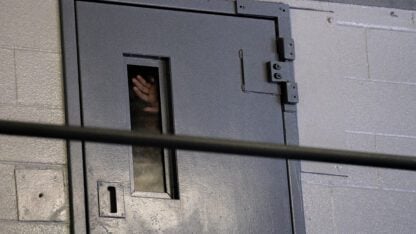Home-Based Dementia Screening
According the Alzheimer’s Association, one in eight older Americans has the disease, the most common form of dementia.
There are many ways to screen for dementia: memory tests, counting backwards, connecting numbers, and ‘clock drawing,’ a technique that’s been used for more than 40 years. Using a pen and pencil, you are asked to draw a clock, fill in the numbers, and set a time.
But the clock test can be time consuming and labor intensive for a technician to score. Which is why Georgia Institute of Technology researcher Ellen Yi-Luen Do developed a computerized version. “We can do automatic scoring, we can also record the sequence of your drawing to play it back to show it to you.”
Do says the computerized version can show more than just results, but also the timing, sequencing and strategy, which can indicate which part of a person’s brain might have problems. The tool can also improve the probability of more people getting screened.
“We want to make people more aware,” says Do. “People know how much they weigh, their blood pressure, or glucose level, but don’t know of their cognitive ability. So it would be nice for the family or caregiver or yourself, to be able monitor the situation.”
From there, she says, you can decide how to adjust your lifestyle and find early interventions that may improve your cognitive abilities.
The ‘ClockMe’ system is not yet available commercially, and they’re still deciding whether to distribute it as a web-based tool or downloadable ‘app’. The work was published in the September Journal of Ambient Intelligence and Smart Environments.
The ClockMe system was initially tested at the Emory Alzheimer’s Disease Research Center in Atlanta, where it’s currently being used in addition to the traditional paper-and-pencil test. Despite a lack of computer literacy, all of the elderly patients who used the software during the study said they had no problems with the pen-based, computer technology.
Here is a demonstration of the ClockMe tool.
9(MDAxODM0MDY4MDEyMTY4NDA3MzI3YjkzMw004))







